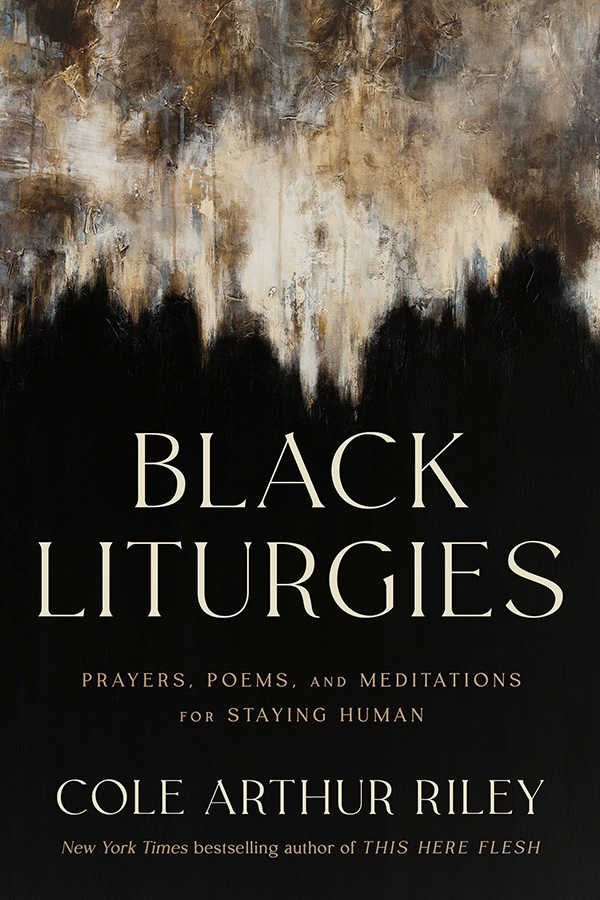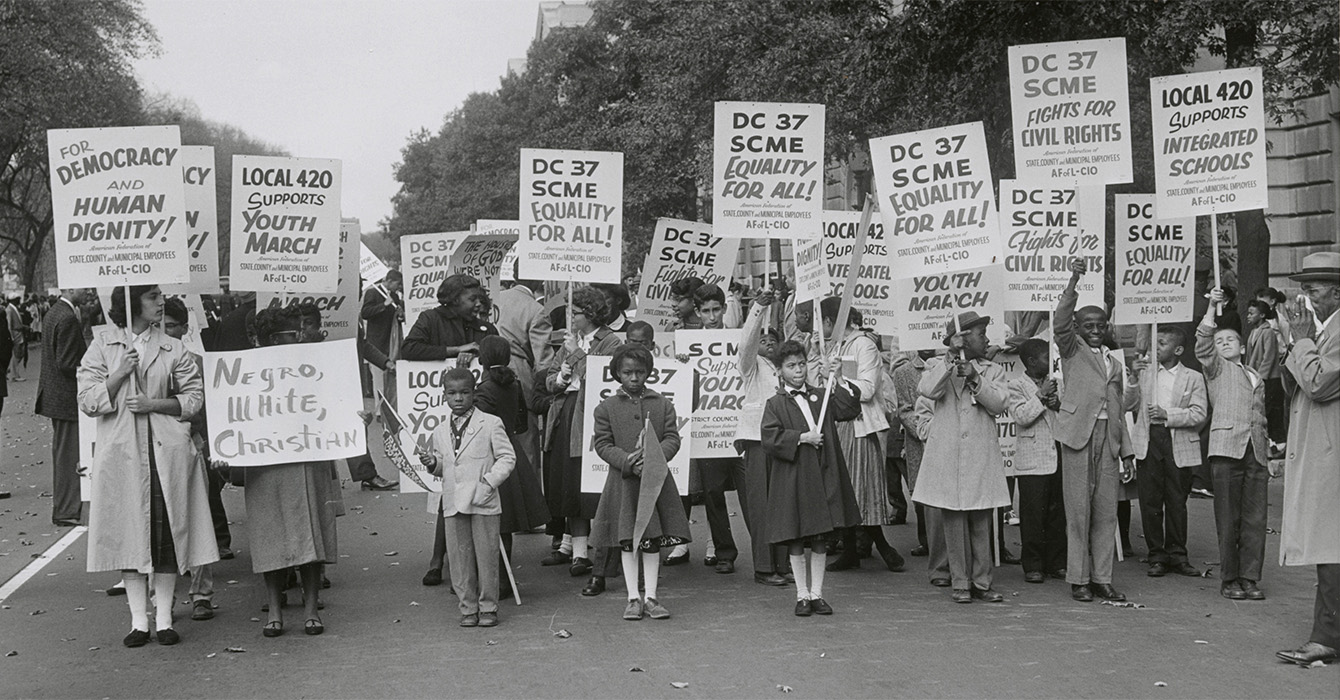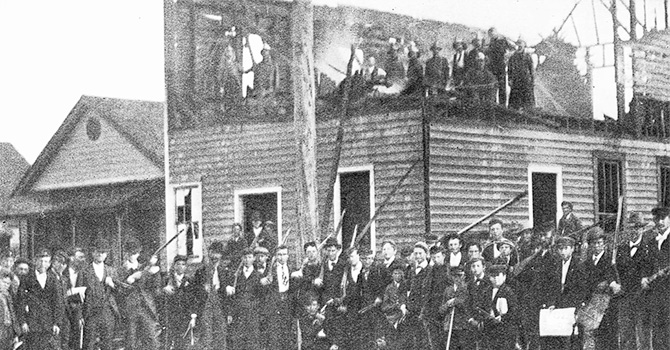Ann Atwater was in her late 60s when we met; she was 80 when she died June 20. I began this essay while keeping vigil by her beside as she died, reflecting on the woman I knew as “Grandma Ann” -- and as one of the most powerful voices for justice I’ve ever heard.
Ann was one of the first local community builders I met when I came to Durham, North Carolina, 13 years ago. My family and I had come to Durham to start the Rutba House, an intentional community where the formerly homeless are welcomed into a community that eats, prays and shares life together.
We were inspired to do this by the surprising friendship we’d received half a world away, when the people of Rutba, Iraq, had saved injured American friends during the U.S. bombing.
We came with the idea that we’d pursue community building. When we landed in Durham, we found that Ann was already doing it.
She shared her story over lunch -- how she was invited in 1971 to co-lead the process to integrate Durham’s public schools after becoming a vocal advocate for black power. Her partner in the project was C.P. Ellis, a local Ku Klux Klan leader.
I’d never heard their story, but it immediately caught my attention.
They were, in the title of the book and play about their lives, “The Best of Enemies,” sustaining a fusion friendship for the common good despite all odds for more than a quarter century.
When I finished my schooling at Duke, I asked her to teach me community organizing. I wanted to learn the practice of community building -- how to put into practice the koinonia I’d read about in seminary.
“It’s simple,” she said matter-of-factly. “I listen to you until I learn what you want, then I help you get it. When we get halfway to what you want, I tell you what I want.”
Ann heard what I wanted, then told me what she wanted: to adopt me as her son. She became “Grandma Ann” to my family.
What Ann wanted more than anything was a community where people who aren’t supposed to get along find ways to help one another become all we were made to be. Some might call it “the beloved community”; Ann thought of it as an extended family.
“God gave me the gift to reach out and touch,” she told everyone I ever heard her talk to. She never spoke to any group, no matter how large, without trying to learn something about who was there and what she could get them to do together. (A good organizer, she often concluded by passing around a sign-up sheet.)
Ann’s work brought her into the spotlight, but she didn’t care about celebrity. She did not want to be known. She wanted to connect. I noticed as I got to know Durham that wherever people who were hurting got together to solve their own problems, she was there.
After starting the nonprofit School for Conversion, I often went with Ann to talk to youth in community centers or campus assemblies. She’s the only person I’ve known who regularly ended public talks by giving everyone in the room her home phone number, urging them to call her.
And call they did -- both to ask for and to offer help. I remember once, years ago when Ann had broken her leg, visiting at her bedside late one morning and asking to see how many calls had already come in that day. Sixty-four.
Anyone in Durham who needed something knew they could call on Ann. If she didn’t have it, she’d help you figure out how to get it. Her home was a community center -- a service agency unto itself.
Ann helped me see that my work was to do what she had, in so many ways, done her whole life -- to make surprising friendships possible.
Of course, you can never manufacture a friendship. But you can create spaces where people who wouldn’t otherwise have a chance to come together can meet.
We started inviting African-American and Latino youth in our neighborhood to do an after-school program together. We invited students from Duke Divinity School to study alongside incarcerated students in local prisons. We hosted workshops where the people most affected by a problem came together with “experts” to pursue solutions.
We never knew how to make these things happen, but Ann taught us to do it anyway. She practiced an economics of providence. Once when she traveled to Brown University to share her story, they sent her a $5,000 honorarium.
“Lord only knows how many times I’ve told that story for free!” she said. Within a week, she’d found people and causes that needed the money more than she did. Whatever she had, Ann passed it on.
Ann showed me how the one who gathers much doesn’t have too much and the one who gathers little doesn’t have too little when each of us shares according to the needs before us. Even hard times were a chance to build community.
Last fall, Ann was able to make one final public appearance, to dedicate the Ann G. Atwater Freedom Library at the School for Conversion. We wanted her to know how much her life and witness had shaped our work. And we wanted the young people in our neighborhood to know her story and learn from her wisdom.
Ann spoke to the youth about the importance of education and the need to take what you learn and put it to use in service of the community. Quizzing them about their grades and ambitions, she was looking, as ever, for connection. “Do I need to come talk to your teacher?” she asked with a smile. “Or are you going to bring me your report card?”
To those who wanted to hear more, she offered an invitation: “Y’all come on over to my house.” And then, as always, she gave them her number.
Ann has moved to a new home, not built with human hands. In my prayers, I’ve been telling Jesus to go ahead and plan an addition to the place he’s prepared for her. No doubt, she’ll be inviting all sorts of surprising friends to join her.







